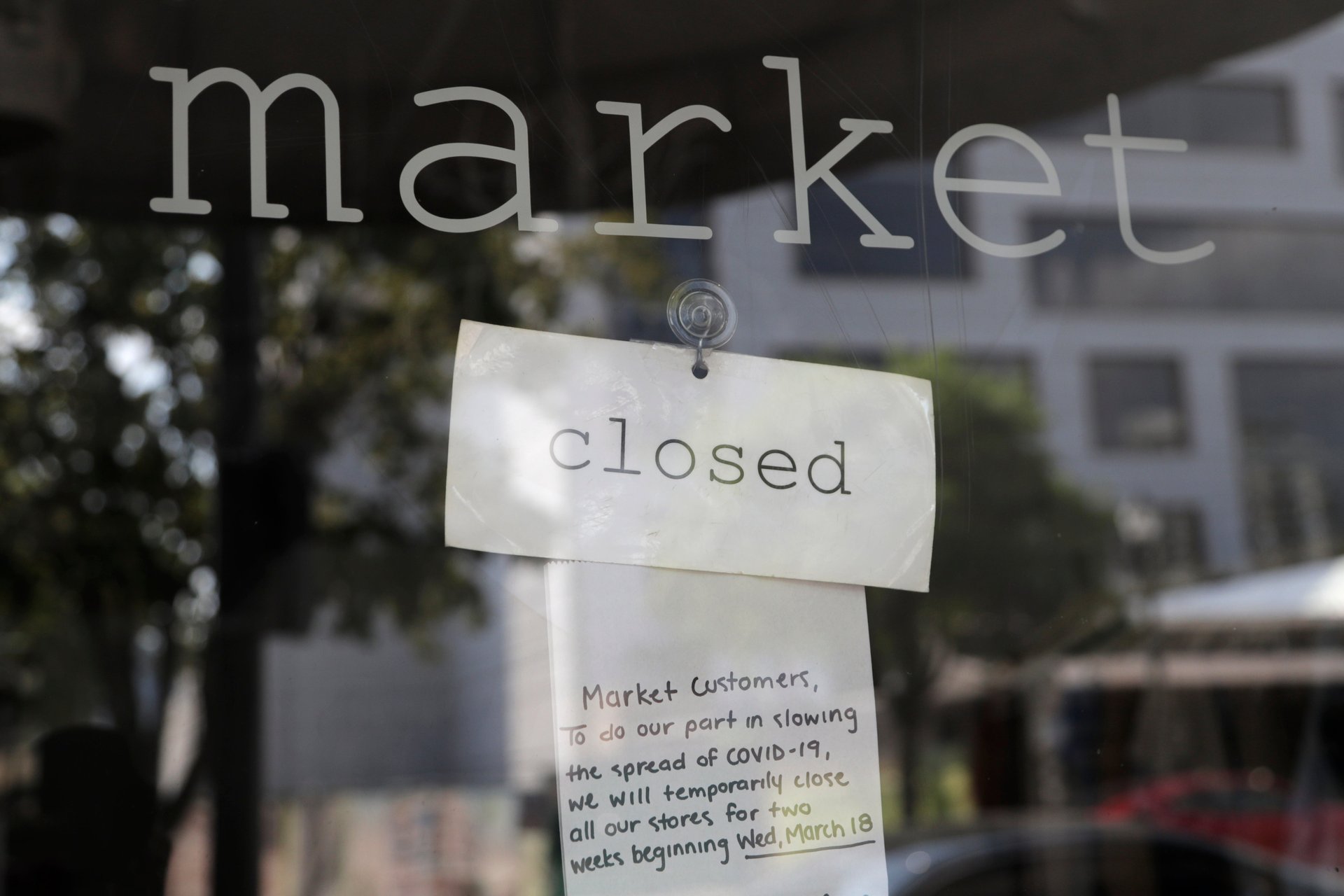New research suggests the US unemployment rate is about to become useless
In January 2020, the US unemployment rate was at 3.6%. From January to April, about 20 million Americans lost their jobs, according to a new study on the employment impact of the coronavirus pandemic. This suggests that about 8% of all people employed in January are now jobless.


In January 2020, the US unemployment rate was at 3.6%. From January to April, about 20 million Americans lost their jobs, according to a new study on the employment impact of the coronavirus pandemic. This suggests that about 8% of all people employed in January are now jobless.
The data for this study was collected by the survey company Nielsen and analyzed by economists at the University of Texas-Austin, the University of California-Berkeley and the University of Chicago. Their estimates are based on a survey of about 18,000 people in January and almost 10,000 in early April. The survey included questions about employment very similar to those asked by the US government.
Yet the researchers project that the unemployment rate in April will be around 6%, just a two percentage point jump from January. How does that math add up?
The headline unemployment rate reported by the US Bureau of Labor Statistics (BLS) is calculated by taking the number of people looking for work and dividing that by that same number plus the number of people employed. For example, in January 2020, BLS found that 5.9 million people were looking for work, and about 164.6 million were either looking for work or employed, so the unemployment rate was 5.9 million/(164.6 million + 5.9 million) or 3.6%. Though the unemployment rate is not a perfect measure because it excludes some people who have been discouraged from looking for work, it usually is a pretty good barometer of the health of the job market.
The problem with using the unemployment rate formula at the moment is that only a small portion of the 20 million who lost their job because of the crisis are looking for work. According to this study, many of them are either waiting to return to their old job, or delaying their search until the economy returns back to normal. As a result, the unemployment figure will not capture the scale of this job market calamity. The number of people who do actually want work, but are discouraged from looking, is exceptionally high at the moment, exacerbating the unemployment rate’s biggest flaw.
A better figure for monitoring the state of the job market is the employment to population ratio. This is simply the number of employed people divided by the total population. The study finds that the employment to population ratio is likely to fall from 60% in January to 52% in April.
In normal times, this is not the best number to look at because it is dependent on the age profile of the population. As boomers move into retirement this number slowly falls. But for this crisis, in the short term, it is a better measure. We will know that the US economy has returned to normality when this number creeps back up to 60%.